Indie Games Are Reframing Femininity. Here’s How
Femininity is strength in itself, and doesn’t require a masculine mask to be taken seriously.
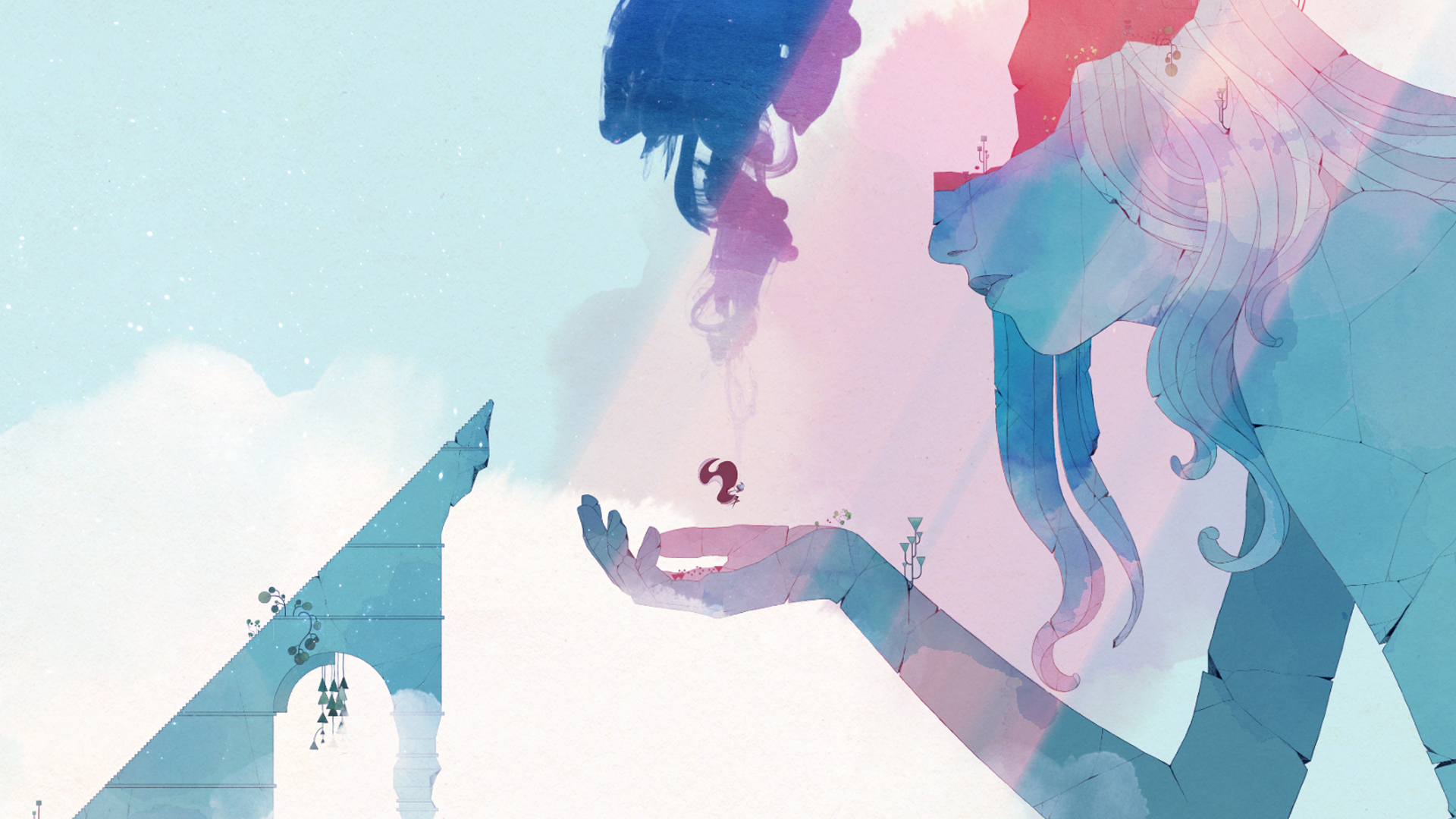
Games haven’t always had a fantastic track record when it comes to representing femininity. The feminine aesthetic has historically been more about sexuality than utility, protagonists strapped into armour that accentuates more than it protects, heroes dressed with exposed midriffs in short shorts, no matter the game’s art style. Yet, things have started to change. Just as indie games have prodded at the expectations of what games can and cannot do, so too are they readdressing all that feminine characters can be, and they are all the better for it.
Whether feminine characters are 3D, 2D or just a bunch of pixels, they’re finally starting to have agency, narrative and more layers than ever. As society learns about the many forms femininity can take, games are also beginning to depict a true variety of protagonists. As a result, we are beginning to see feminine characters as varied, and as flawed, as their more overtly masculine counterparts.
Nomada Studios’ upcoming release, Gris, is grabbing widespread attention for its progressive depiction of what a feminine hero can look like. With an art style that makes you wish you’d stuck with A-Level art, Gris is a gorgeous blend of cool watercolour hues. A piece of art fully in motion, the game’s namesake runs through this platformer with delicate grace, dress billowing around her; the epitome of traditional artistic ideas of femininity. But upon closer inspection we can see that although Gris is a damsel in distress, she certainly isn’t a “Damsel-In-Distress”.
If Gris looks like she’s from a fairy-tale it’s a troubled one. From what has been shown so far of the game, the obstacles she faces seem to come from within. Cast in a dialogue-less tale of personal loss and introspection, she is fragile and wounded, but it seems that this will not stop her from learning to resolve her problems.
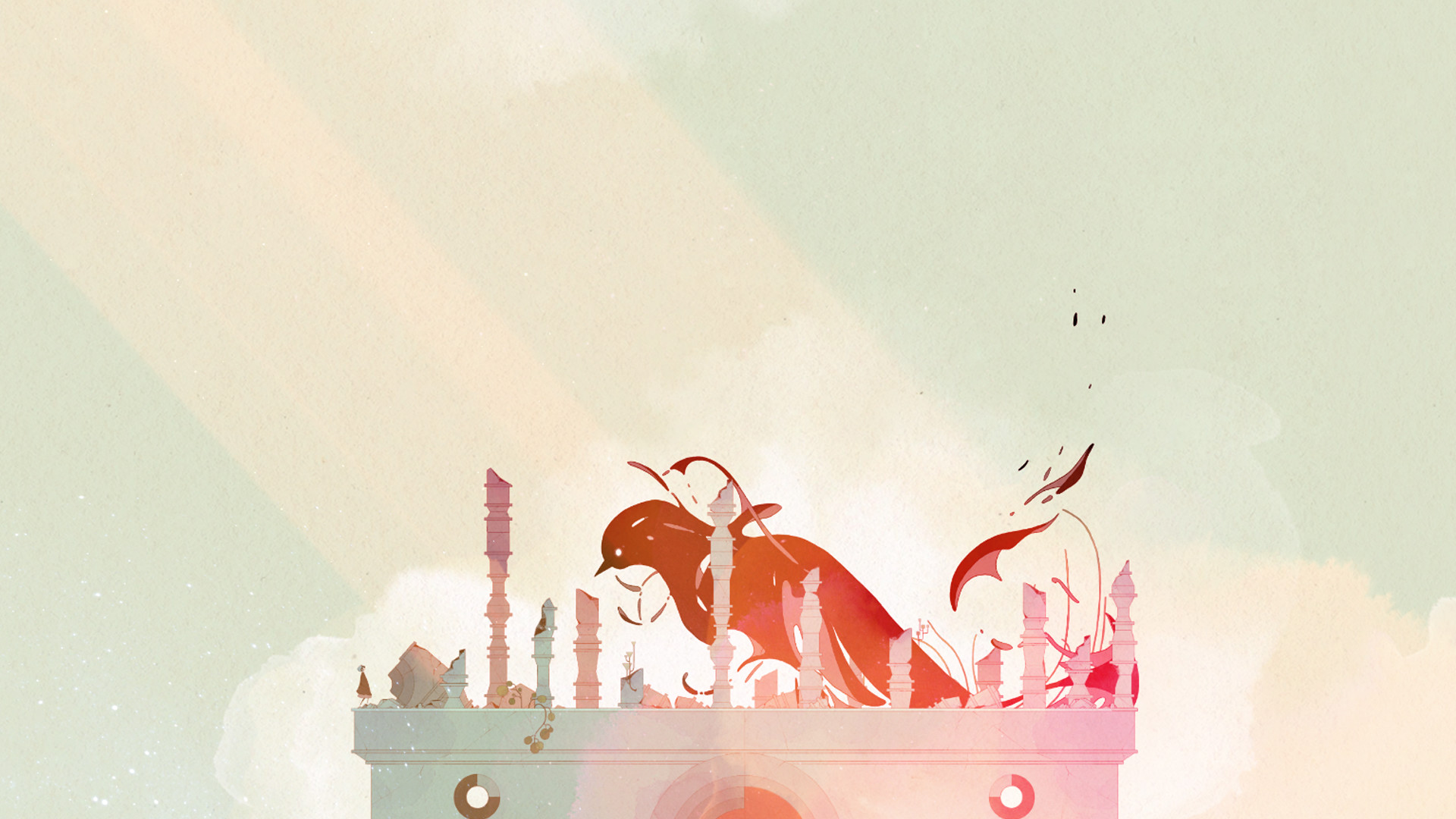
One of the main ways developers have previously attempted to integrate female characters into their games is by making them more masculine. Femininity is a broad spectrum and, sure, masculinity does fall into that range. However, the time has finally come when video game developers can engage with quintessential ideas of femininity and present them as a strength, rather than a trope to be subverted.
The dress that surrounds Gris is the most obvious aesthetic hallmark of her femininity, but it also transcends first impressions. From the demo we see how the dress becomes the main source of Gris’ abilities, changing according to the puzzle she is faced with. When tackling a large inky bird, the dress becomes a block that weighs Gris down, preventing the bird from blowing her from platforms as it cries out towards her. Here, we have a feminine video game protagonist empowered by her femininity, rather than conforming to a traditionally ‘stronger’ masculinity in her representation.
Gris’ narrative arch is an important one, because the femininity that defines her is not cast aside as she grows into the hero that she needs to become. Her femininity is not positioned as a weakness. The art style makes her look fragile and vulnerable, but that fragility and vulnerability does not hold her back from what she needs to do, whatever that may be. Take, for example, her freckled face and short blue hair with limbs protruding from her dress like burnt matchsticks. She is dwarfed by her pastel surroundings, and yet commands authority over player gaze and action.
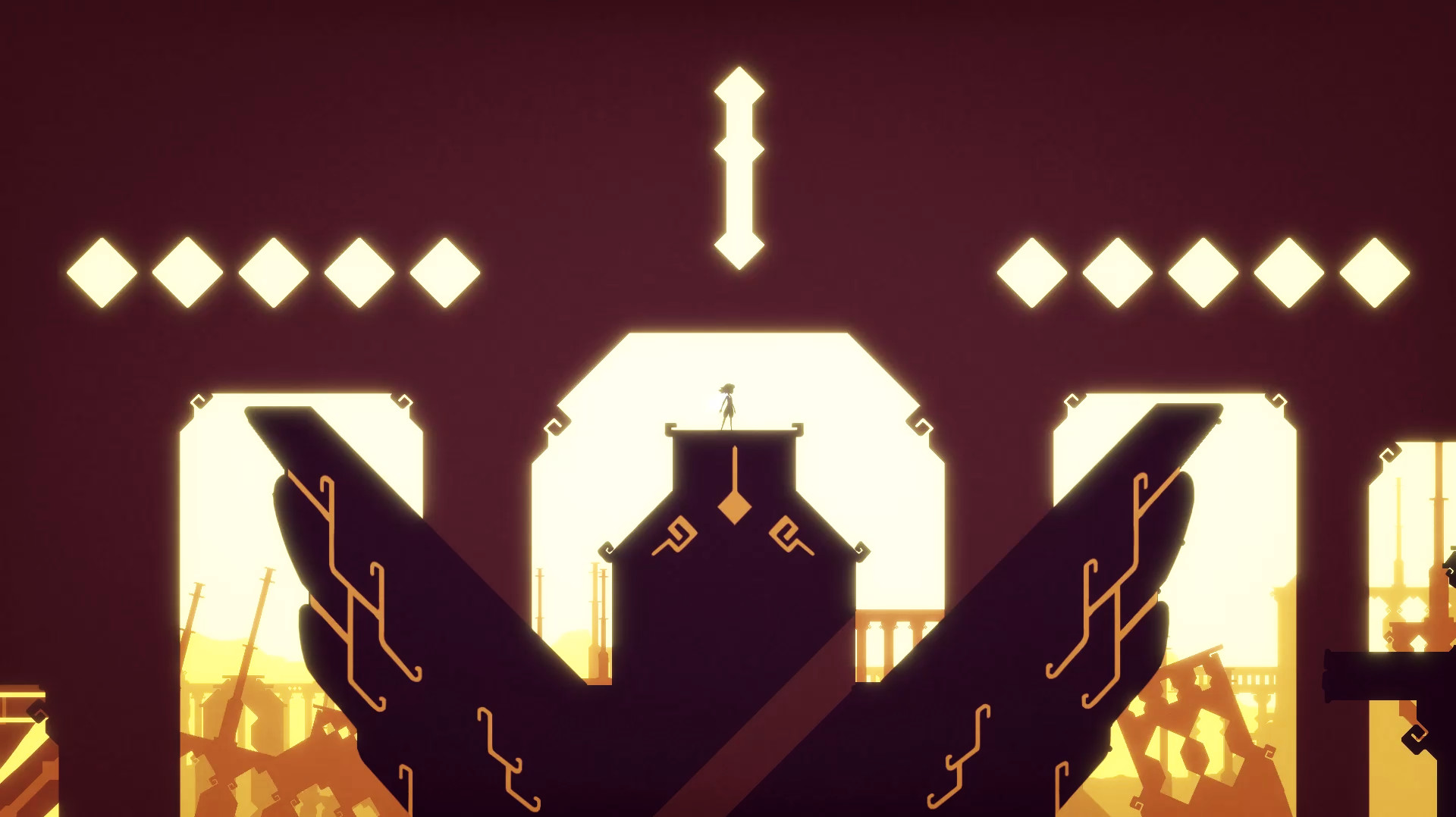
In The King’s Bird however, aesthetic detail is not so highly prized. Instead, this 2018 release from Serenity Forge is mainly concerned with how its character moves through her world. The game follows the story of a young girl’s fight for freedom from a masculine figure, presumably the King. Learning how to fly sets her off on an adventure born of speed and momentum. A speed-runner’s dream, The King’s Bird is all about fluidity of movement as our main character darts, bounces and flies through the platforms of her town.
Each new area is depicted in vibrant colourful backdrops, a contrast to the vague silhouette of our main protagonist. Styled in what looks like a loose-fitting top and billowy trousers, with a cloud-like formation creating a cape, the unnamed female looks like the superhero of her own story. She takes full control of the space around her due to her movement, taking on traditionally masculine characteristics of physicality – strength, power, agility, and speed, in a historically female form. Her pointed hands and feet, graceful and delicate nature, as well as her likening to a bird, provide her feminine ownership of these characteristics and allow her representation to remain distinct from the masculine.
The game’s tiny protagonist is a breath of fresh air precisely because her aesthetics suit the actions she is performing so well. The character feels expressly feminine, but the mechanics of the game take precedent. Here, our protagonist’s skill and talent is our primary focus.
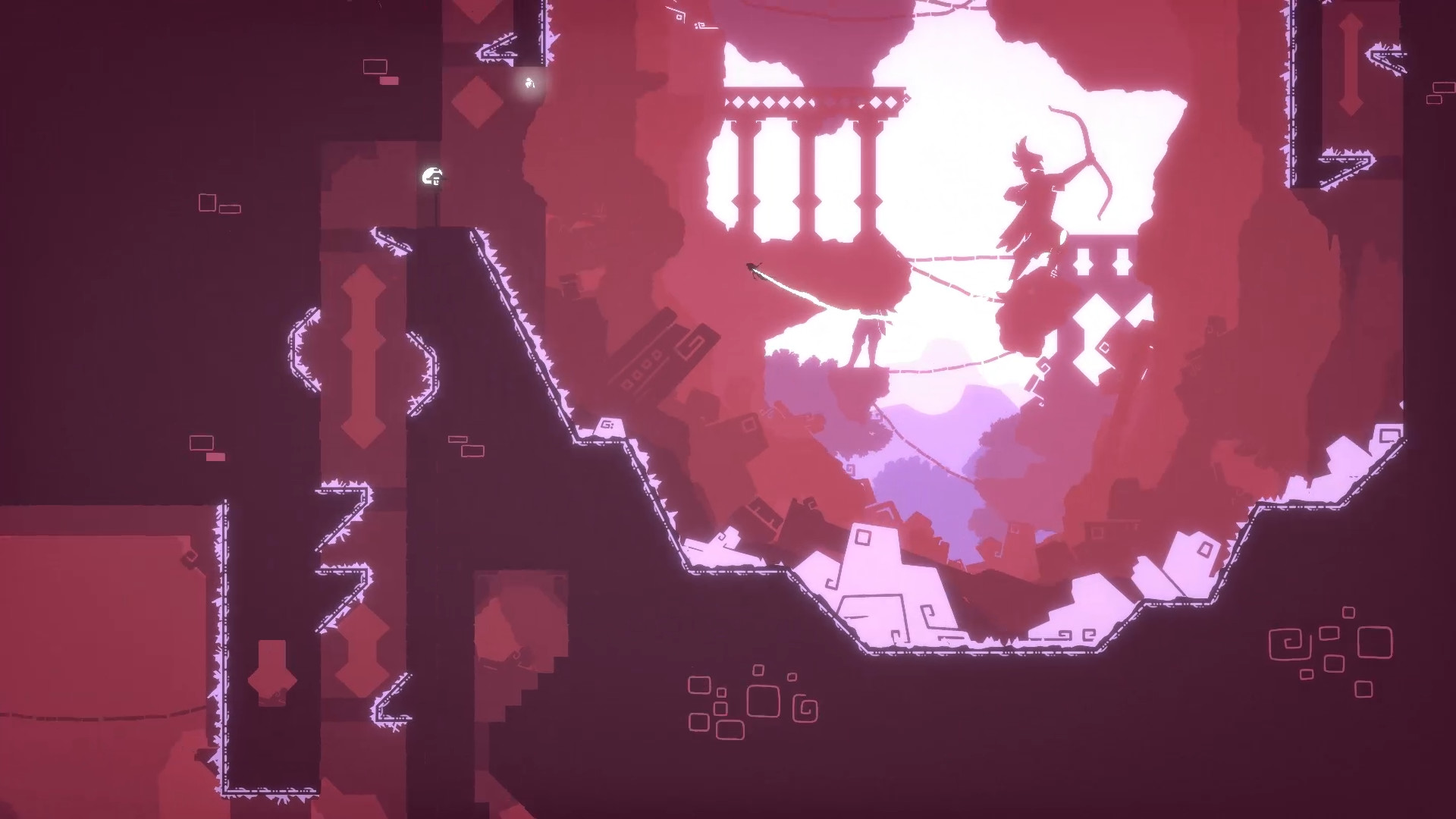
Both these games have traditional feminine heroes, all delicate movements and dainty features, but in Infinite Fall’s 2017 release Night in the Woods, the feminine hero does not follow such a straightforward path.
A cat on the cusp of adulthood, protagonist Mae has returned home to Possum Springs after dropping out of college. Seeking solace in the presumed predictability of the place she was raised, she finds that her friends have grown and changed without her.
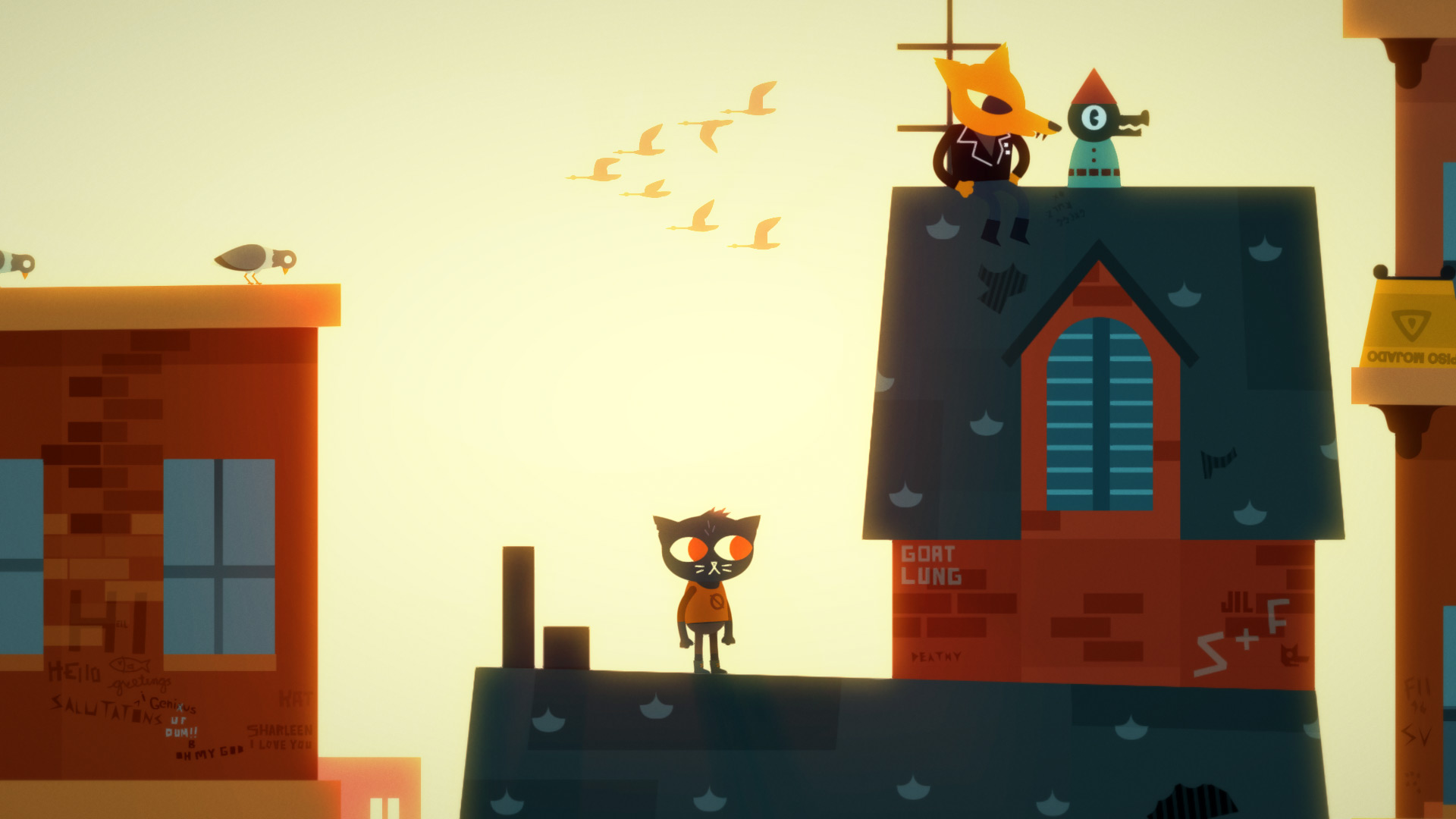
Painted in a jumble of block colours, the animals’ clothes indicate their personality traits before they’ve even spoken. Mae’s tomboyish recklessness and resistance to growth is highlighted in the long-sleeved slogan t-shirt, dark trousers and trademark small brown boots; the outfit is a perfect construction of comfort and carelessness.
Her appearance perfectly fits what she can often be found doing. For the majority of the game, that’s basically nothing. Her daily routine never calls for anything other than comfy casual, because nothing is structured, making sure no one ever demands anything different from her.
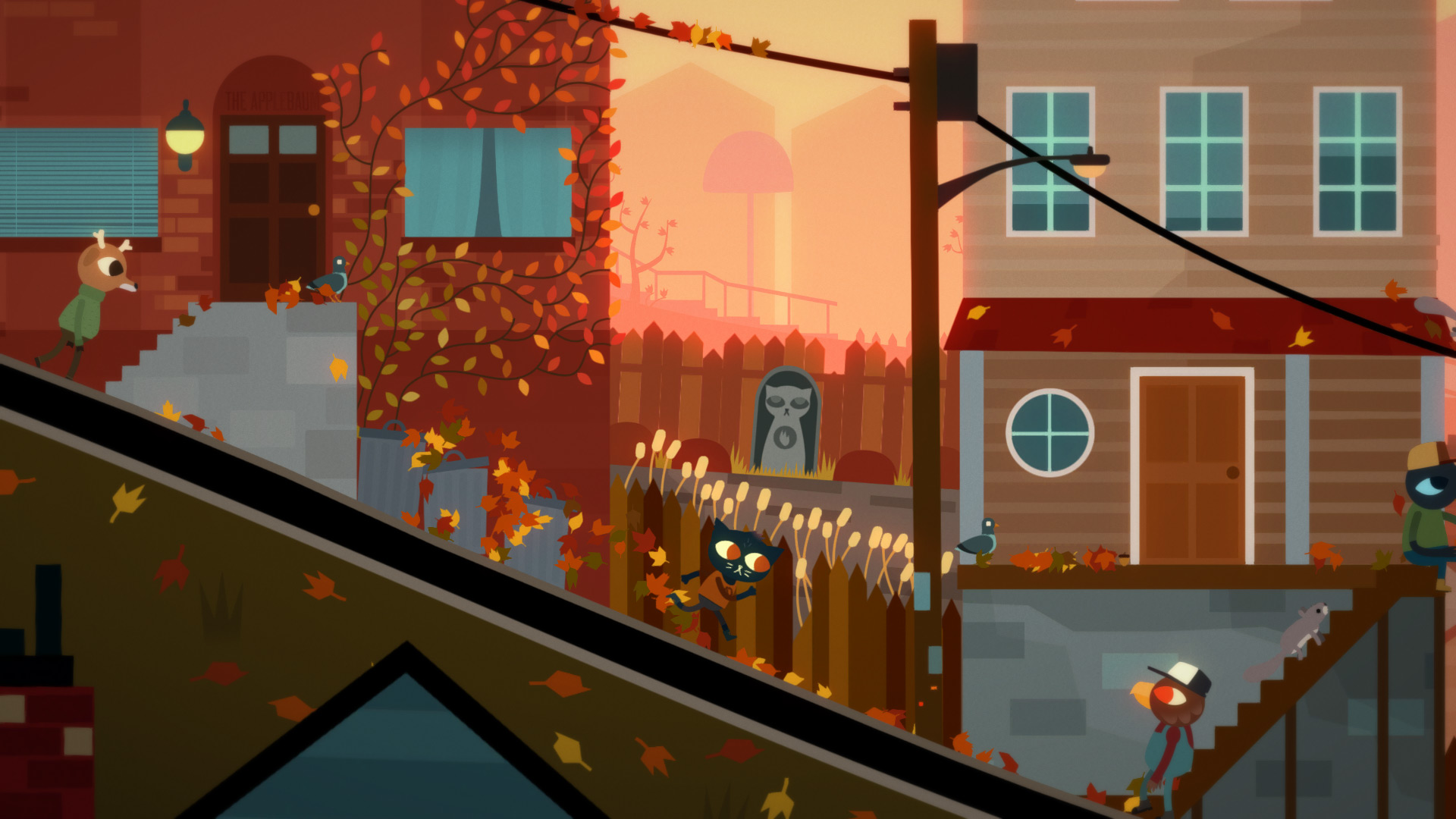
Mae is one of the most interesting female protagonists in recent years because she’s an unthinking asshole at times but still serves as a reminder that femininity doesn’t have to be materialistic to exist. Her femininity is complicated, flawed but still there in small touching interactions with those around her, when she opens up, when she is vulnerable. Mae is an ever-present reminder of the spectrum of femininity, and representational potential in expressing that femininity, without relying on masculinity to shoulder the weight of characterisation. Femininity is strength in itself, and doesn’t require a masculine mask to be taken seriously.
It’s a relief to find that games are finally starting to make feminine heroes who dress how they want, are as vulnerable as they want and are as troubled as they want, but are equally still the heroes of their own stories. For someone who has always felt outside traditional ideas of femininity, Mae is a character that feels wonderfully close to my own experience. Still, seeing characters like Gris and the protagonist of The King’s Bird interact with a kind of femininity that has always felt mystical to me, and subvert it, making them the subjects rather than the objects, is just as wonderful. With indie games paving the way for interesting and diverse feminine leads, the stage is set for an even bigger array of feminine perspectives and narratives. I can’t wait to see who we might meet next.
